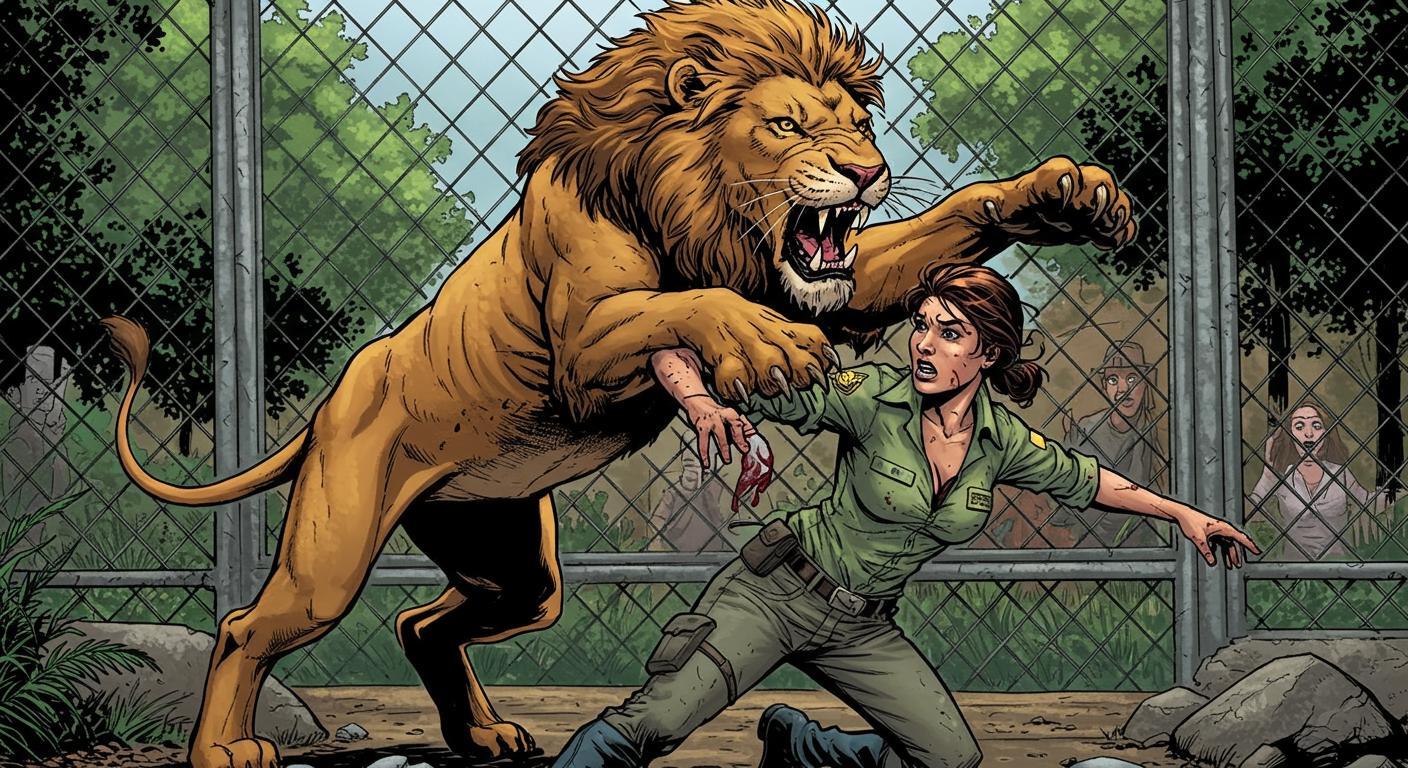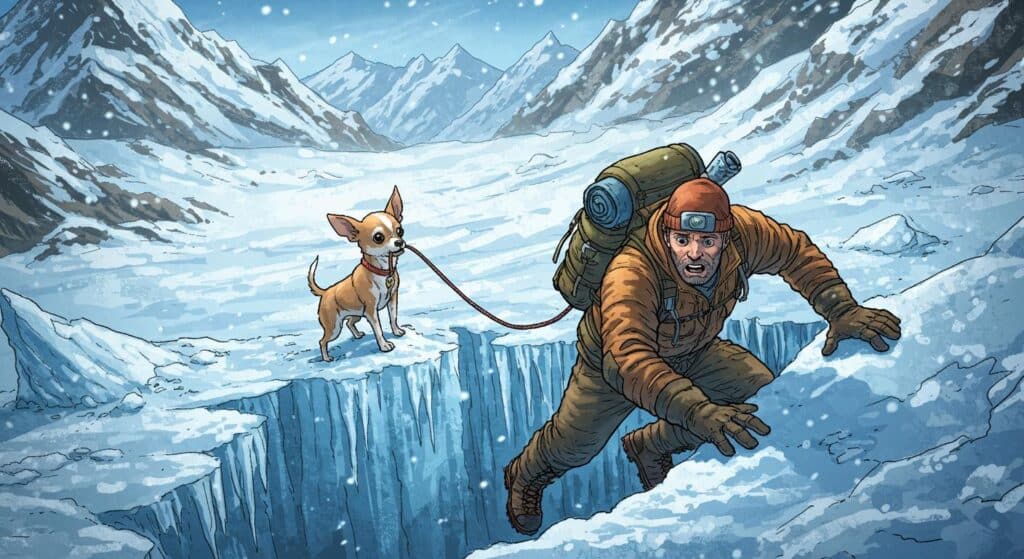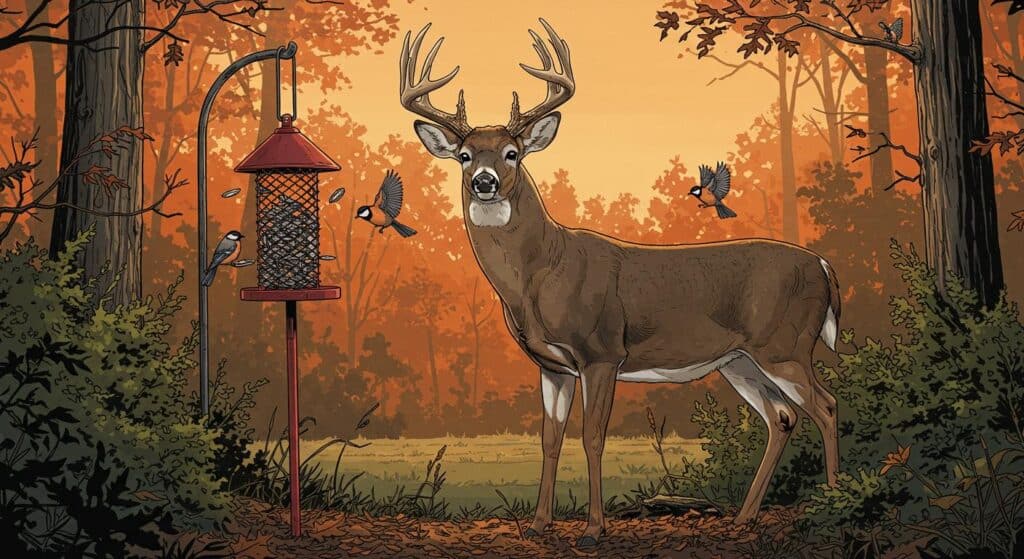For most of us, a trip to the zoo means a safe buffer between ourselves and the planet’s apex predators. Glass walls, sturdy fences, and a few signs—what could possibly go wrong for someone who isn’t poking fingers through the bars? As it turns out, routine familiarity can unravel in a split second, as demonstrated all too clearly at Darling Downs Zoo in Queensland, Australia, this past weekend.
A Familiar Face, An Unpredictable Moment
It would be easy to imagine this story beginning with reckless trespass or an ill-advised dare. Instead, according to the Associated Press, the woman involved wasn’t a visitor leaning in for a selfie. She was known to the zoo and had watched keepers work in the carnivore precinct—sometimes described as the zoo’s most exclusive backstage pass—for twenty years. On Sunday morning, as staff prepared for another routine day, and with the zoo closed to the public, she suffered a devastating injury when a lion reached through and grabbed her arm.
Zoo officials relayed that emergency helicopters flew her to Brisbane for surgery. She remains in stable condition, but media reports, cited by both AP and PEOPLE, indicate she lost her arm as a result of the attack.
Protocols Meet the Realities of Wild Instinct
The woman’s knowledge of safety procedures and her long-standing relationship with the facility couldn’t insulate her from a big cat’s unpredictability. The zoo, in statements aggregated by The Straits Times and PEOPLE, emphasized her experience, calling her “well versed in safety protocols around potentially dangerous animals” and pointing out that she was not a keeper, nor a member of the public sneaking a closer look.
In what feels both reassuring and slightly uncanny, the zoo underscored that at no time did the lion leave its enclosure; there was no broader risk to staff or others nearby. It seems the boundaries of captivity held—right up until they didn’t. In an incident reminiscent of a 2020 attack on a keeper at Shoalhaven Zoo, referenced by AP, routine intersected with wildness in a way that no binder of protocols can fully prevent.
Authorities, including police and workplace safety investigators, now wade through the details. According to The Straits Times, the lion had not recently given birth—sometimes a trigger for aggressive behavior. Nothing in the initial swirl of facts suggests negligence or rule-breaking, just a sharp reminder that wild animals, no matter how routine their days may seem, remain wild at the core.
Assigning Responsibility—Or Accepting Reality?
Blame is often the next stop after shock, but here, the story zigs where it could have zagged. Both the zoo and outside reporting, such as the succinct summary in PEOPLE, made it clear that the lion would not be put down or punished. Perhaps in a nod to both conservation values and a pragmatic acceptance of animal nature, the facility assured the public that this incident wouldn’t lead to lethal consequences for the animal. One can almost picture the sigh of relief among those who advocate for the rights of zoo inhabitants to, well, be themselves—even if that sometimes results in tragic outcomes for the humans around them.
As the outlet also notes, the woman’s connection with the zoo is intimate but informal. She wasn’t acting in a professional capacity that morning. It’s the kind of distinction that underscores both her comfort—and, perhaps, the fuzziness of boundaries when humans and large predators coexist year after year.
Risk, Routine, and the Thinness of Barriers
The unspooling of ordinary moments into extraordinary tragedy is equal parts sobering and thought-provoking. Is it the repetition that breeds a false sense of security, or does experience sometimes amplify risk by dulling our wariness? The fact that this attack played out during a routine, private observation speaks to the slenderness of the divide between “safe” and “wild”—no matter how fortified it seems.
It’s telling, too, that Darling Downs Zoo, described by The Straits Times as a sanctuary and breeding center for endangered species, is a facility deeply invested in bringing the public, and its own inner circle, close to creatures most of us only encounter on nature documentaries. There’s a delicate balance at play: fostering meaningful encounters, safeguarding both humans and animals, and acknowledging that no system is failproof when primal instincts are in the mix.
All of which leads to a set of questions that resist easy answers. Does long-term familiarity breed too much comfort around untamed animals? Is the desire for connection as risky as the pursuit of spectacle? How many “close calls” are simply luck hidden by routine until, just once, luck runs out?
If there’s a lesson here—besides a renewed respect for literal arm’s-length viewing—it might be that, for all our protocols and planning, nature keeps the right to surprise us. Sometimes, on even the most familiar ground, the boundary between observer and observed proves less durable than we’d like to think. Certainly not the kind of close encounter you want on a Sunday morning, or any morning at all.







